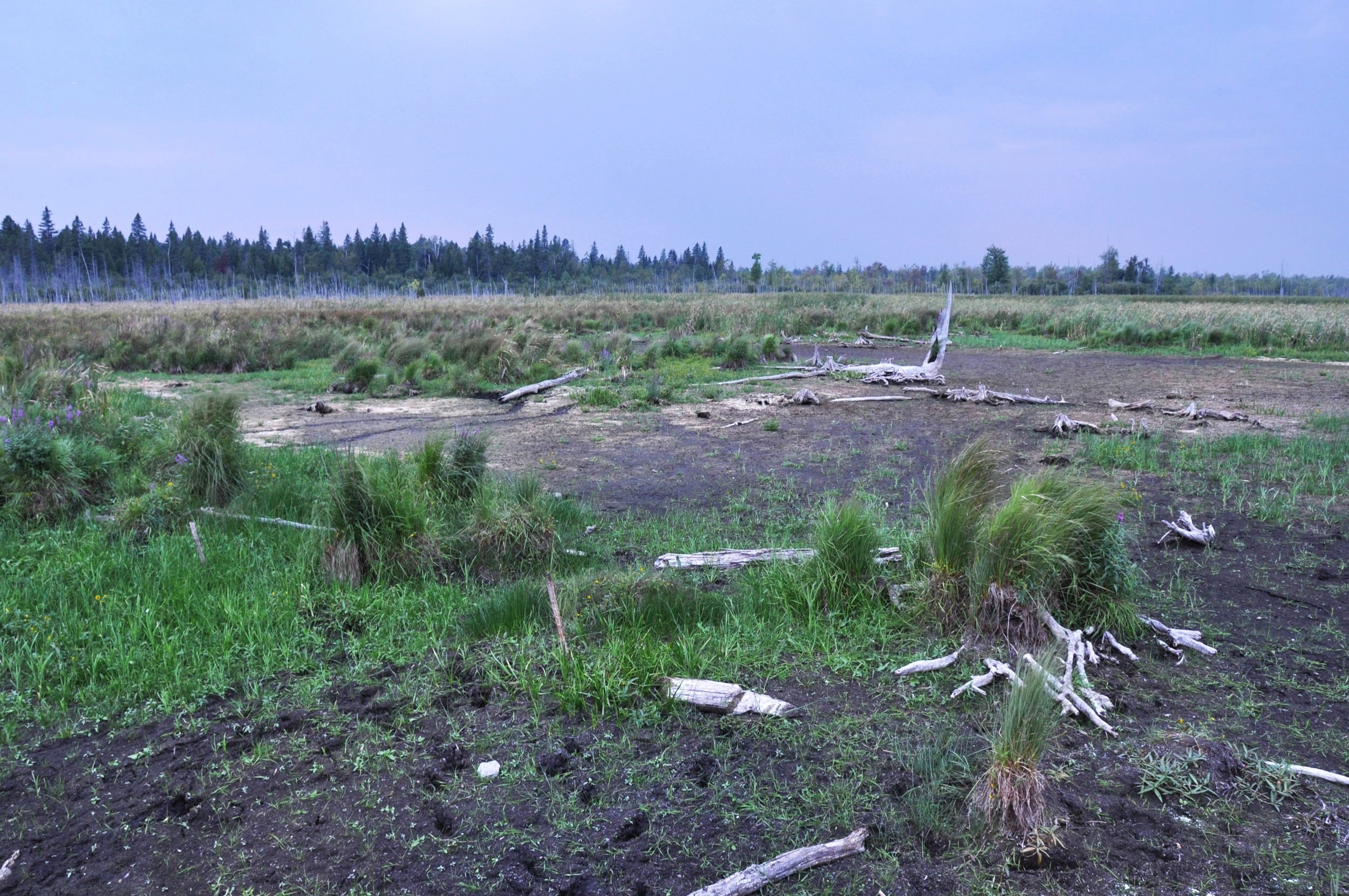
Why Our Wetlands Matter
“Canadians need wetlands now, more than ever…[Wetlands] are the Swiss Army knife of ecosystems… We can’t afford to lose them. The best use of wetlands is to have them remain as wetlands.”
– Dan Kraus. Marking 50 years of wetland conservation and loss. Hamilton Spectator, February 2, 2021 on 50th Anniversary of Ramsar Convention.
Our Goulbourn Wetland Complex, as with all wetlands, provides critical ecosystem functions such as water quality improvement and water purification, flood control/attenuation and drought control, diverse habitats for wildlife, fish, amphibians, and reptiles, erosion reduction and shoreline stabilization, and groundwater recharge and discharge areas.

Fact: Over 20 percent of the province’s species at risk are directly dependent on wetland habitats.
Wetlands are also a source of cultural and spiritual significance to our First Peoples as well as providing opportunities for recreation and tourism.
Our Goulbourn Wetland Complex plays a key role, along with other wetlands, in mitigating impacts of climate change as wetlands naturally absorb and store carbon. Wetlands are some of the largest stores of carbon on the planet due to the high amount of organic soil found within them.

Fact: Organic soils or peatlands cover about 3% of our planet’s land and store approximately 30% of all land-based carbon– twice the amount than all the world’s forests combined.
Quick Facts about Wetlands
Biodiversity
In Ontario, at least 20% of provincially listed species at risk depend on wetland habitats
for their survival, meaning they play a key role in preserving biodiversity.
All eight turtle species native to Ontario are considered species at risk (e.g., Blanding’s Turtle).
Water Purifiers
Wetlands’ ability to filter out pollutants and excess nutrients from water has earned them a reputation as “nature’s kidneys.” In southern Ontario, wetlands provide $4.2 billion in water filtration services, such as the removal of sediment and phosphorus, helping keep lakes and rivers clean.
Flood Fighters
Wetlands fight the impacts of floods by soaking up excess water like a sponge and slowly releasing it over time. Wetlands can reduce flood damages by 29 to 38% in southern Ontario, protecting human communities and surrounding ecosystems.
Even a wetland as small as two hectares can have a significant impact, collecting water runoff from an area up to 70 times its size! They also contribute to rehydrating the land during dry periods, mitigating the impact of droughts.
Carbon Storage Superstars
Slower rates of decomposition allow wetlands to store significant amounts of carbon over time. This reduces the impacts of climate change by keeping greenhouse gases like carbon dioxide out of the atmosphere. Left undisturbed, they can store carbon for hundreds to thousands of years!
Scientists estimate that 29 billion tonnes of carbon are stored in Ontario’s wetlands, equivalent to taking all 24 million vehicles in Canada off the road for 1,000 years!
Wetlands can store more carbon than forest and grassland ecosystems.
But when disturbed or warmed, wetlands release the three greenhouse gases that contribute the most to global warming: carbon dioxide, methane, and nitrous oxide
When drained they go from being a carbon sink to a carbon source, releasing into the atmosphere centuries of stored carbon.
The loss of an existing wetland means not only the loss of that carbon sink, but also that the carbon stored in that wetland will be released.
It is critical to protect these carbon storage superstars so they can continue to store carbon and reduce the intensity of climate change for future generations.
Sources:
Lozanski, Jessica. 2021. Wild Stittsville: A Guide to Our Ecosystems and How We Can Re-wild Our Community. Canadian Wildlife Federation. Canadian Conservation Corps Alumni.
Minnesota Board of Water and Soil Resources. Carbon Sequestration in Wetlands
Office of the Auditor General of Ontario. May 16, 2023. The State of the Environment in Ontario
Ontario Ministry of Natural Resources and Forestry. 2017. A Wetland Conservation Strategy for Ontario 2017–2030. Queen’s Printer for Ontario. Toronto, ON.
Ontario Nature. A Primer on Wetland Offsetting in Ontario. Practices, Policies and Resources
Ontario Nature. Wetlands Mitigate Flooding
Ontario Nature. Wetlands are Biodiversity Support Systems
Ontario Nature. Wetlands are Carbon Storage Superstores

Get Involved – Become a Friend!
We are growing and we need your help! Together, we will be the voice to protect, restore, regenerate, and rewild our wetlands.
